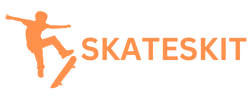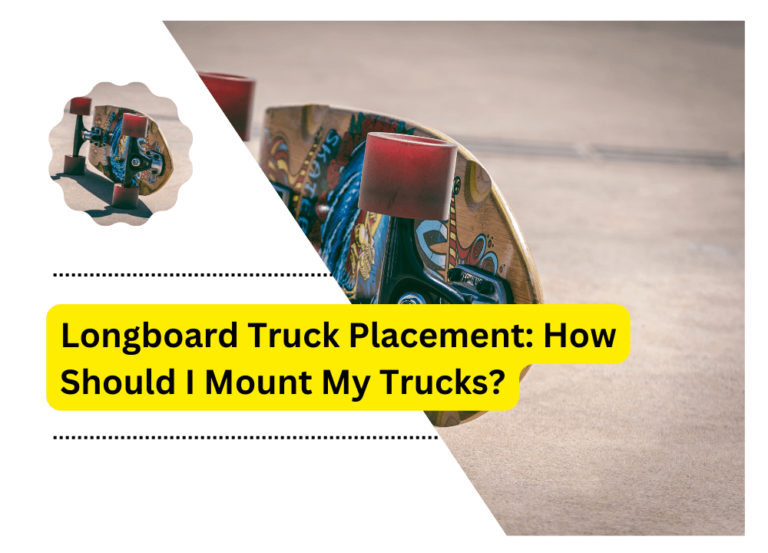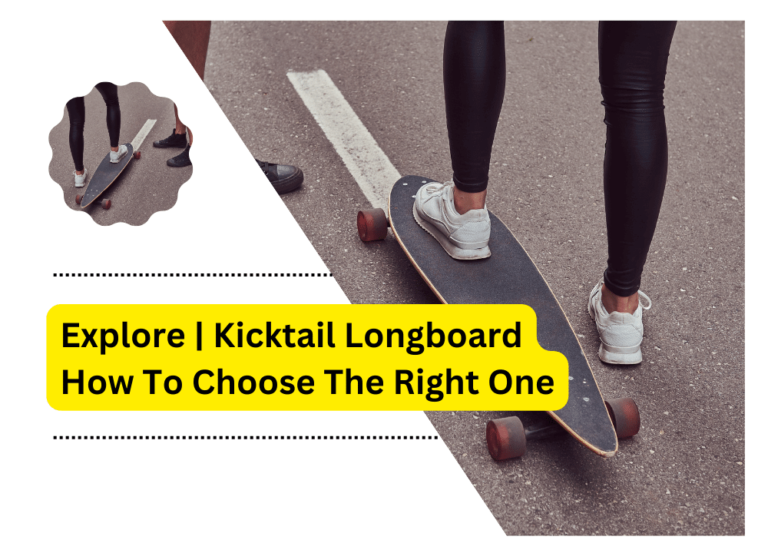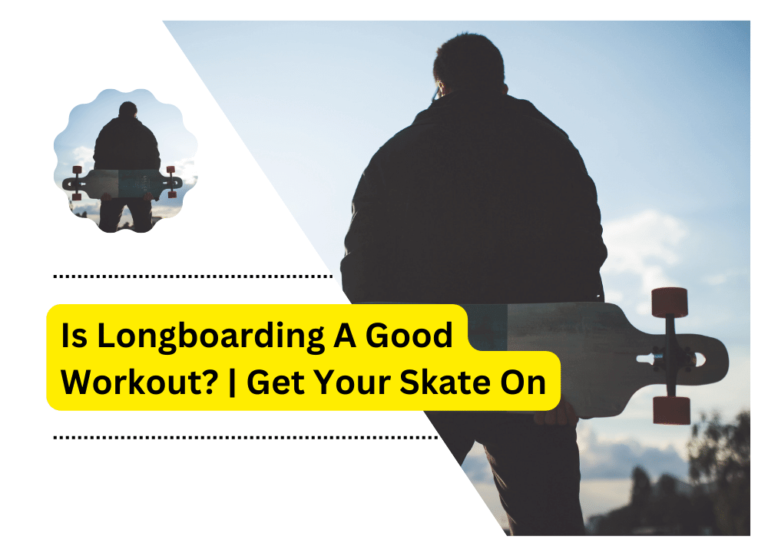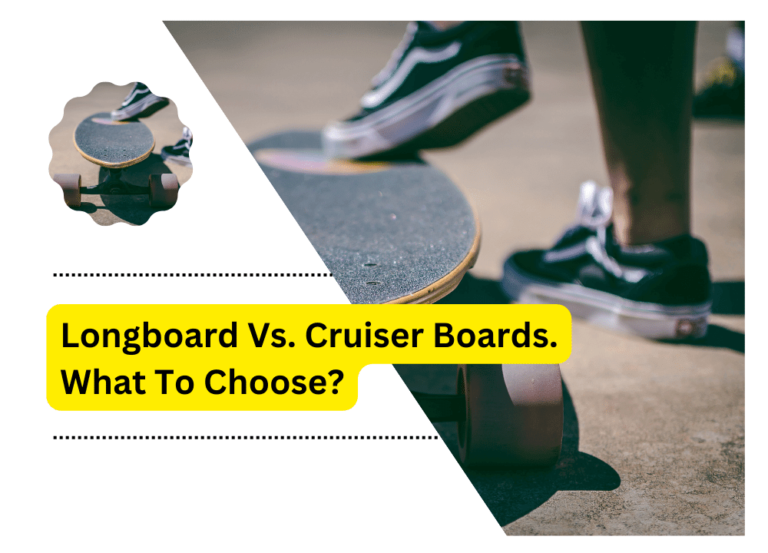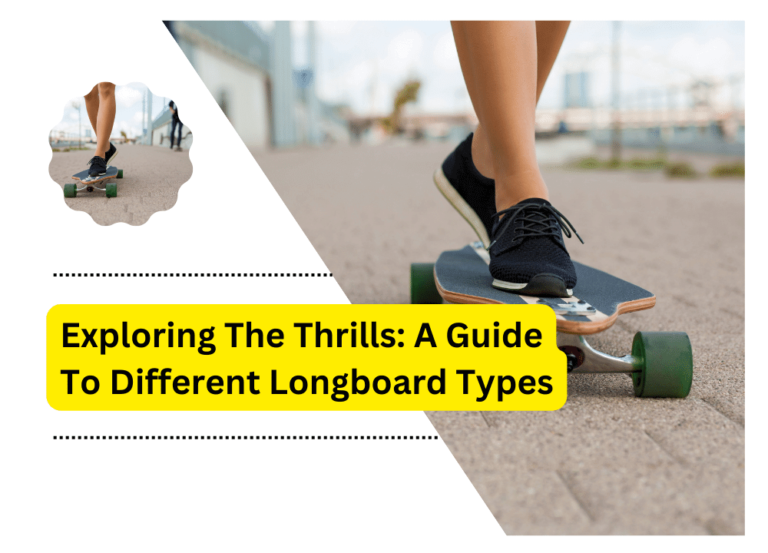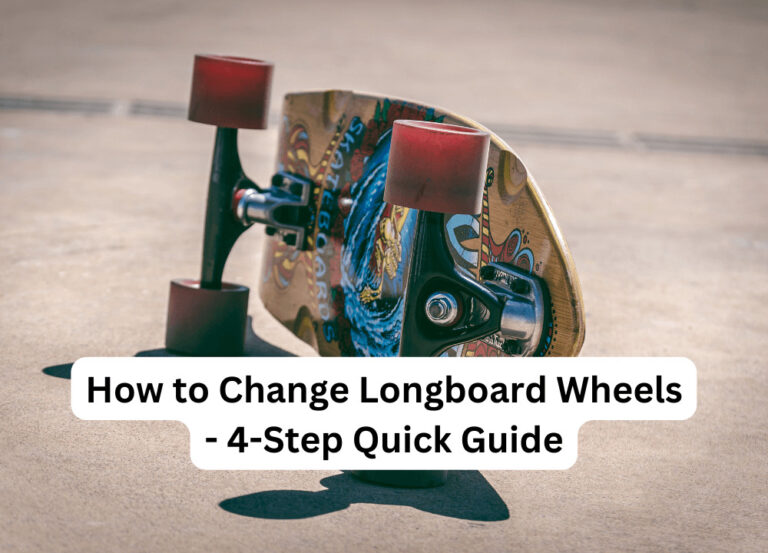What Is Freeride Longboarding And Its Types?
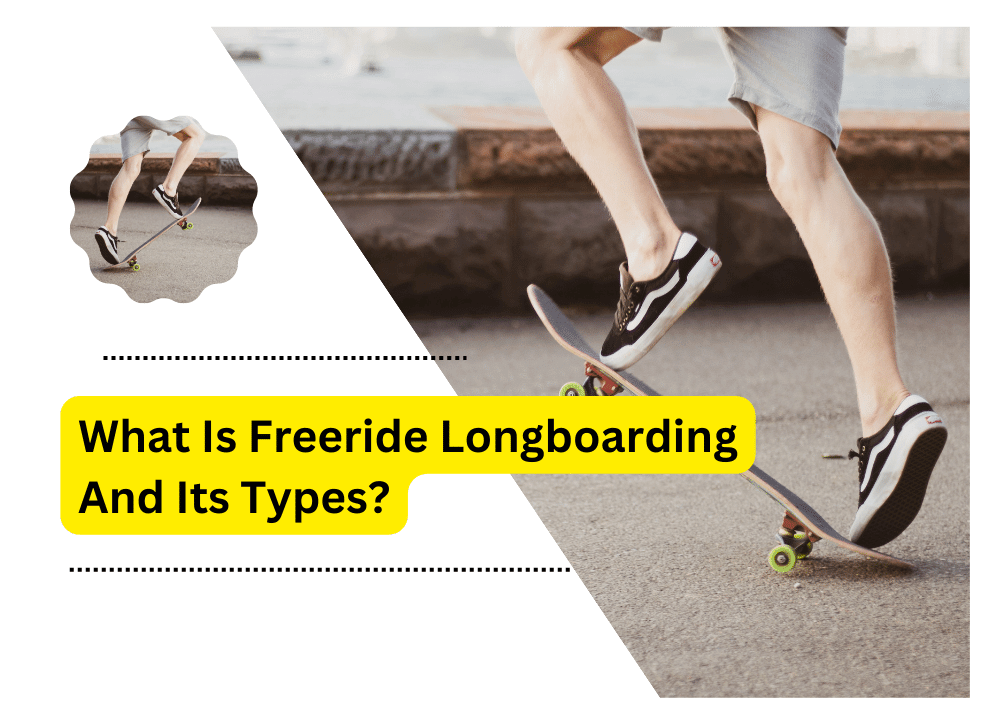
What is freeride longboarding? Freeride longboarding is a downhill skateboarding style that combines speed and technical tricks. This is accomplished by riding on winding, hilly terrain while performing jumps and spins off ramps, ledges, or other obstacles.
Freeride longboarders must have a strong balance. It has the agility to navigate the terrain while staying on its boards. It’s a thrilling and adrenaline-filled way to ride. It has gained popularity among thrill-seekers seeking a new challenge.
Freeride longboards decks are different from other longboarding styles. Because they have more aggressive trucks that improve cornering ability and stability. The boards also tend to have a concave shape that provides riders with extra control.
This makes them ideal for downhill riding as they can handle high speeds and quick turns without destabilizing the rider.
Different types of longboards are used for freeriding
Styles of Longboarding
Longboarding is a popular sport that has various styles, each with its unique features. The three main styles of longboarding are top mounts, drop throughs, and pintails.
Top mounts
Top mounts are designed to be ridden in a downhill or freeride style. They have slightly stiffer trucks than other longboard styles. It makes them ideal for navigating hilly terrain at high speeds.
Drop through
Drop Throughs are a type of board that has the deck mounted onto the baseplate of the truck. This allows for more stability and a lower center of gravity, making them ideal for cruising and carving.
Pintails
Pintails are longboards with a slim tail that provides improved maneuverability in tight corners. They’re lightweight and easy to control at high speeds, making them ideal for freeride riding.
Freeride Longboarding
What is Freeride Longboarding? Freeride longboarding requires skill, balance, and agility. With practice and experience, riders can confidently navigate challenging terrain. They can navigate with more confidence and control. Freeride longboarding is a great way to get an adrenaline rush and improve overall fitness as it involves a lot of physical activity.
Safety tips to keep in mind when starting with freeriding
- Take it slow and gradually build up your speed as you become more experienced.
- Protect yourself from falls by wearing appropriate gear like helmets, kneepads, elbow pads, and wrist guards.
- Check your board’s condition before each ride and make sure it’s in good shape to prevent accidents.
- Begin by practicing on flat terrain. Master the fundamentals of freeride longboarding before attempting downhill runs.
- Stay alert and aware of your surroundings while riding to avoid collisions with obstacles or other riders.
- Ride safely and responsibly to avoid causing damage to property or endangering yourself or others.
- Show respect for other riders and the environment by following the rules of the road and being courteous to others.
Freeride longboarding is an exciting and thrilling activity that can be enjoyed by people of all ages. With practice and commitment, anyone can learn to freeride longboards safely and confidently.
Necessary gear for freeride longboarding:
Safety Gear
Wearing appropriate safety gear is essential for freeride longboarding. It prevents injuries from falls or collisions. A helmet should be worn at all times and should fit snugly with full coverage of the forehead, sides, and back of the head. Knee, elbow, and wrist pads provide additional protection and should be comfortable to wear.
Footwear
Sturdy, supportive shoes are necessary to provide grip and support for your feet while riding. Look for shoes that have a flat sole with good traction on the bottom.
Board
The Best freeride longboard is essential for this style of riding, as it is designed specifically for downhill terrain. The board should be in good condition and well-maintained to prevent accidents.
Accessories
Gloves can provide extra grip on the board and help to protect your hands from scrapes or blisters. Goggles can help keep debris out of your eyes while riding at high speeds.
Clothing
Wear loose-fitting clothing that covers all exposed skin. It will help to prevent abrasions caused by friction with the terrain. Clothing should be comfortable and allow for a full range of motion while riding.
Remember
Always wear appropriate safety gear while freeride longboarding to prevent injuries. Check your board’s condition before each ride and make sure it’s in good shape. Ride in a controlled and responsible manner to avoid accidents or injuries.
The basics of how to get started with freeride longboarding
- Start by practicing on flat ground and pushing off with your feet to gain speed.
- To turn, lean into the turns and use your weight to control the board.
- Improve your stability by shifting your weight and positioning while riding.
- Once you’ve mastered the basics, move onto more challenging terrain and attempt more technical tricks.
- Build up your speed gradually as you get used to the feeling of going downhill on a board.
- Always prioritize safety and wear protective gear while riding.
- Push yourself to progress further with each ride and have fun with the learning process!
Tips on mastering different techniques
Before attempting any tricks, make sure you’ve mastered the basics and practice on flat ground to increase your speed gradually. Improve your balance and agility by doing drills like single-foot, nollie, shuvit, and kickflip variations on flat ground. Try your board on different terrains to become familiar with how it handles different conditions.
Also, Break down intimidating tricks into smaller chunks to make them more manageable. Watch videos of professional freeride longboarders to get inspired and develop your riding style.
Always wear protective gear and prioritize safety when attempting tricks or maneuvers. Embrace mistakes and have fun – freeride longboarding is a journey, not a destination. Take breaks to rest and refuel as needed and remember to enjoy the ride!
FAQs
Freeride longboarding involves downhill riding although at low to moderate speed. Also, focus on performing stylish power slides to control your descent.
Downhill longboarding is usually done with the assistance of gloves with slide pucks as a point of stability. It features speeds faster than one can push, generally between 20 miles per hour and 80 miles per hour.
Conclusion
What is freeride longboarding, it is a fun and exciting activity that people of all ages can enjoy. Do proper safety gear, precautions, and practice. Riders of any skill level can feel confident and master challenging maneuvers. Whether you’re seeking the excitement of cruising down steep hills or the satisfaction of mastering new tricks. Freeride longboarding has something to offer everyone.
